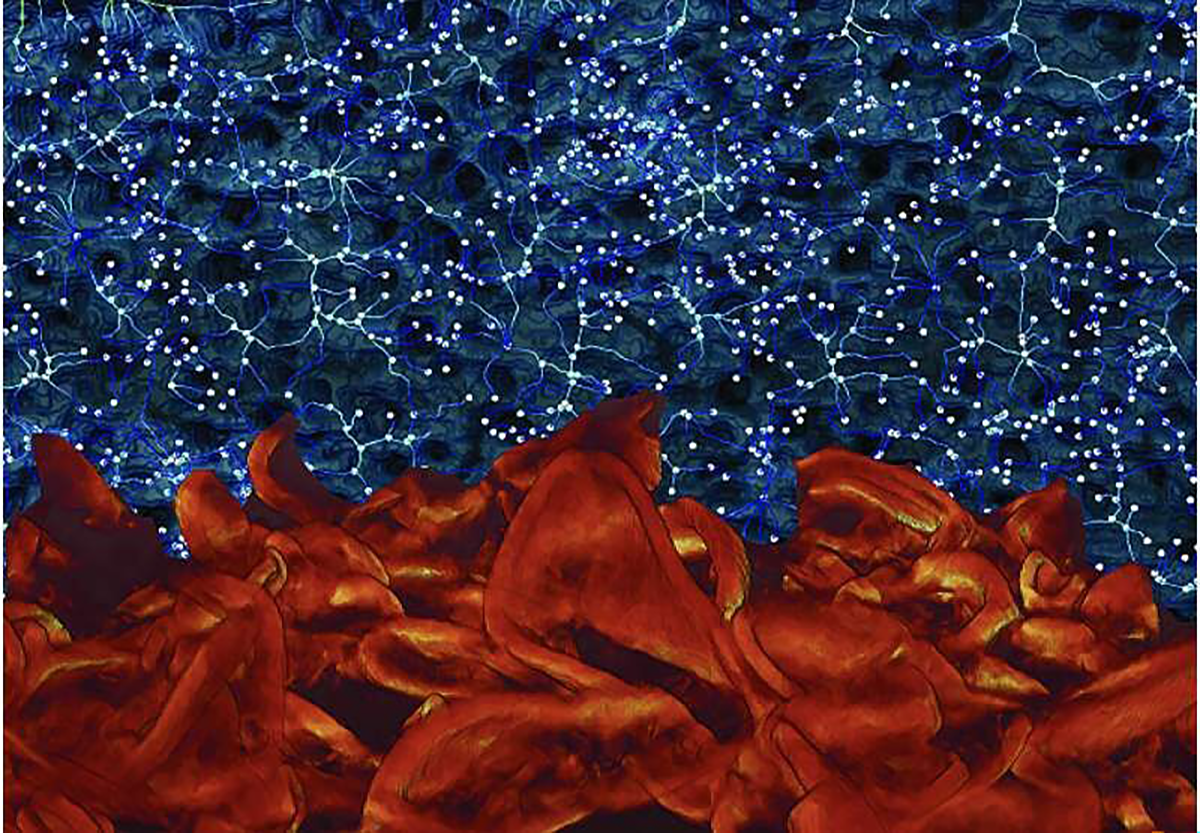


Researchers have introduced a groundbreaking method to map nanopores on membranes, paving the way for future improvements in water purification systems using these pore maps.
Voids or cavities exist across scales ranging from astronomical to microscopic. In a recent study, scientists employed high-resolution microscopy combined with mathematical theories to create three-dimensional representations of nanopores. This advancement holds promise for enhancing the performance of materials used in industries such as chemical processing, energy, and medicine, especially in water filtration.
Examining the pores in household water purifier filters reveals that while they appear as solid materials with uniform porosity, they are, in fact, composed of millions of tiny, randomly arranged pores. These scattered pores play a critical role in separating fine particles.
Fallon Kalutantirige from the University of Illinois explained: “Scientists have long been aware of the structural features of these randomly oriented pores. However, the challenge has been that under a microscope, these complex nanostructures resemble mountains, obstructing direct and accurate observation of the nanopores and limiting our understanding of their structural characteristics. If we can find a way to directly visualize these nanopores, we can significantly enhance membrane performance.”
In this project, researchers combined mathematical modeling with material science to develop a concept capable of mapping the arrangement of pores on membranes. This technology enables the visualization of the random pore distributions.
Graph theory played a critical role in providing researchers with a comprehensive understanding of the membrane’s filter structure. It allowed them to identify a significant correlation between the unique physical and mechanical properties of the random voids and improved filtration performance.
The researchers believe that this advancement will improve the effectiveness of next-generation porous materials, such as polymers used in drug delivery systems.
The results of this study were published in the journal Nature Communications.

 Save the post
Save the post Projects: